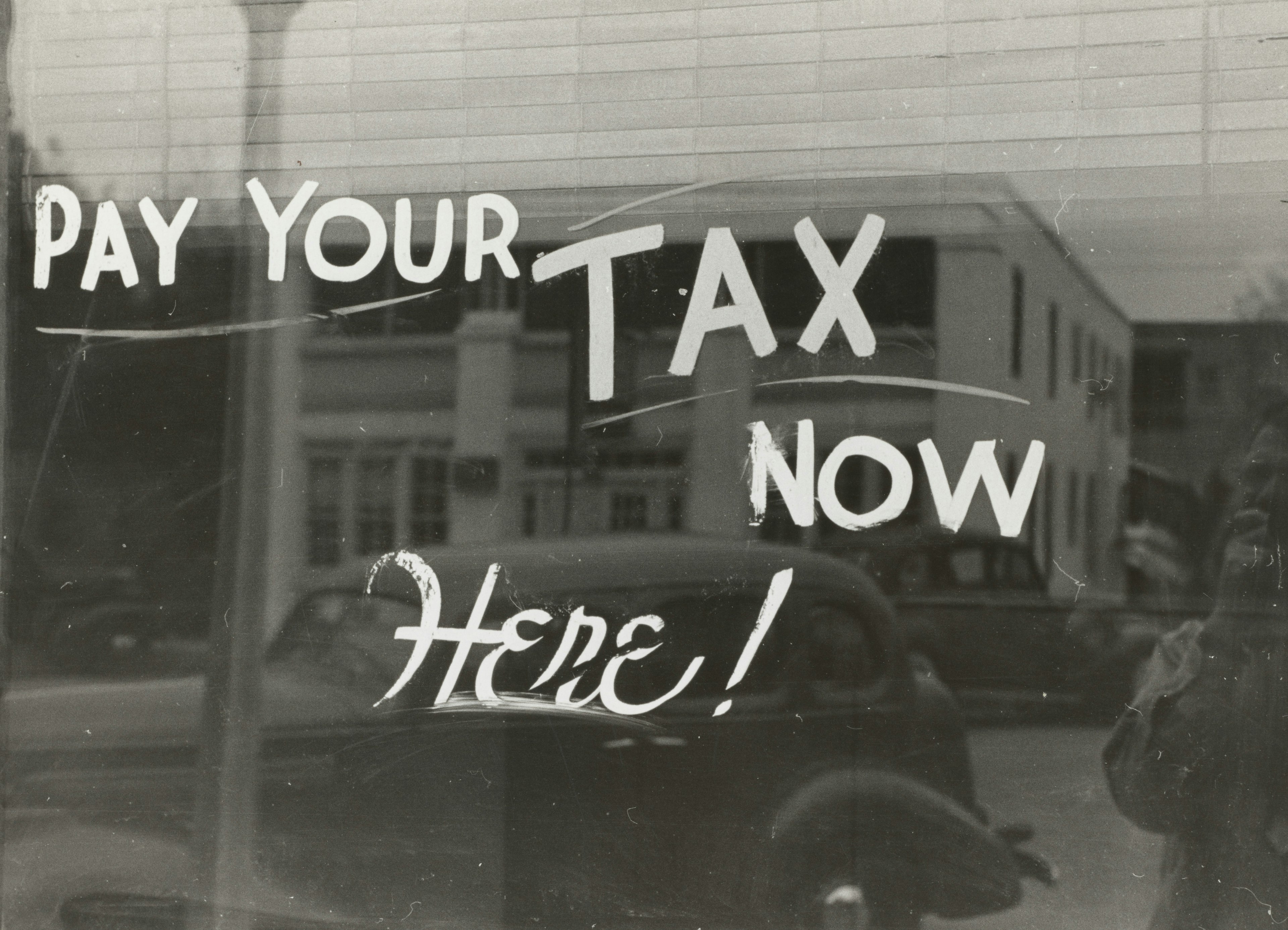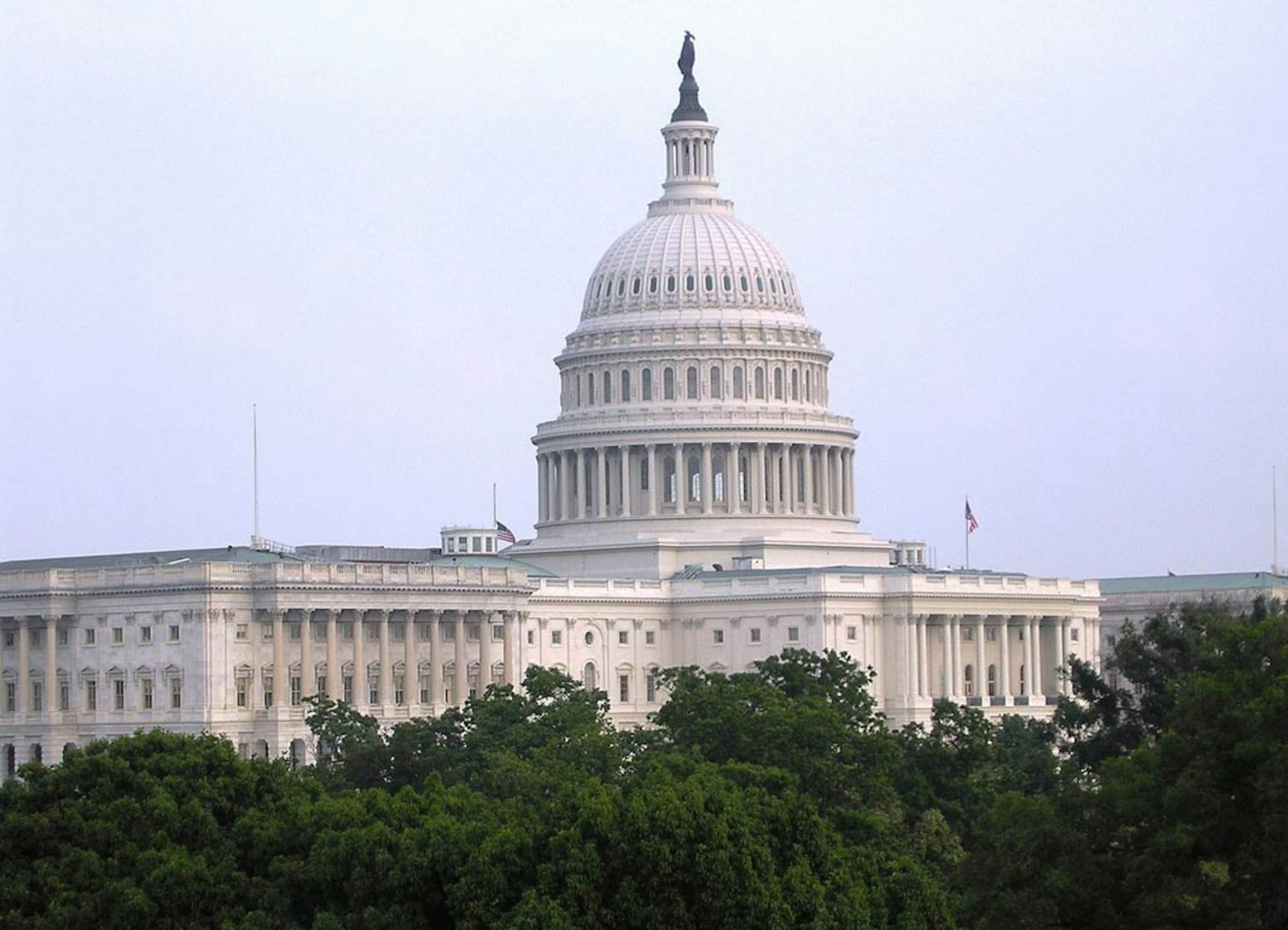When you or your third-party plan administrator makes a mistake while managing a benefits plan, it’s essential that you report it to the IRS. Filing a Form 5330 is how you report excise taxes for any broken rules. In this article, we discuss what a Form 5330 is, when to file it, and who should do so.
IRS Form 5330
IRS Form 5330 is a reporting tool commonly used to report excise taxes for 401(k) plans. If plan sponsors delay a 401(k) participant’s deposit so it interferes with investments and earnings, they’re required to pay an excise tax based on the missing earnings. Plan sponsors — or their plan administrators — are required to calculate their excise taxes and both pay them and report the amount to the IRS. You’ll do this on Form 5330, which has strict rules and filing deadlines.
What Is the Purpose of Form 5330?
Filing a Form 5330 is required for a variety of prohibited actions plan participants, sponsors, and administrators can make while managing a benefits plan. Some of those circumstances include:
Prohibited tax shelter transactions and disqualified benefits, as well as excess benefits or contributions.
Failure to make adequate payments.
Failure to comply with rehabilitation actions or address critical statuses.
Prohibited allocations.
Failure to meet notice requirements or deposit deadlines.
Visit the IRS website for a full list of circumstances that require the filing of Form 5330.
Who Should File Form 5330?
Forms 5330 must be filled out by a qualified individual who manages or supports the management of the plan. They must be filled out any time an employer fails to adequately make payments under the rules of the specific benefits plan or if there’s a reversion of plan assets as described in section 4980. The forms must also be filled out every year in which a prohibited transaction or failure to meet requirements occurs. Approved filers include these individuals or entities:
The plan entity manager who made the error.
The liable employer.
A specific employer who failed to comply under the terms of a multiemployer plan.
A plan administrator acting on behalf of a plan sponsor.
When Should You File Form 5330?
Employers can file a single Form 5330 to report any and all excise taxes within a given plan year for a single plan. However, the excise taxes from separate plans must be filed separately. Filing the form triggers the start of the statute of limitations with one exception: if you’re filing due to prohibited transactions, that statute of limitations period is triggered from the filing date of Form 5500, Annual Return/Report of Employee Benefit Plan, instead.
Depending on your reason for filing Form 5330, you will need to file the form by different deadlines. Determine the section under which excise taxes are due, and then find the associated deadline:
Section 4965: The 15th day of the fifth month after the close of the applicable tax year.
Section 4971: The last day of the seventh month after the close of the applicable tax year (or 8 1/2 months following the last day of the plan year within the tax year).
Section 4971(f): The last day of the seventh month after the close of the applicable tax year (or 8 1/2 months following the last day of the plan year within the tax year).
Section 4971(g)(2): The last day of the seventh month after the close of the applicable tax year (or 8 1/2 months following the last day of the plan year within the tax year).
Section 4971(g)(3): The last day of the seventh month after the close of the applicable tax year (or 8 1/2 months following the last day of the plan year within the tax year).
Section 4971(g)(4): The last day of the seventh month after the close of the applicable tax year (or 8 1/2 months following the last day of the plan year within the tax year).
Section 4972: The last day of the seventh month after the close of the applicable tax year.
Section 4973(a)(3): The last day of the seventh month after the close of the applicable tax year.
Section 4975: The last day of the seventh month after the close of the applicable tax year.
Section 4976: The last day of the seventh month after the close of the applicable tax year.
Section 4977: The last day of the seventh month after the close of the applicable tax year.
Section 4978: The last day of the seventh month after the close of the applicable tax year.
Section 4979: The last day of the fifteenth month after the close of the applicable plan year.
Section 4979A: The last day of the seventh month after the close of the applicable tax year.
Section 4980: The last day of the first month after the close of the month in which the reversion.
Employers and plan administrators can file a Form 5558 to apply for an extension on any of these deadlines. This extension applies only to filing – not to payment – and lasts only up to six months.
Where Should You File Form 5330?
You should send Form 5330 to:
Department of the Treasury
Internal Revenue Service Center
Ogden, UT 84201
Along with the USPS, filers can send the form through approved private delivery services. However, only the USPS can send documents to an IRS P.O. box address.
Interest and Penalties
Plan sponsors or administrations will accrue interest on late payments, regardless of any filing extensions. IRS Section 6621 will determine the amount of penalty taxes due for failure to file, negligence and fraud, and any other applicable penalties. The penalty for late filing is 5% per month, up to 25% of the total due tax. Late payment penalties accrue at a rate of half of one percent per month to a maximum of 25% of the tax amount.
Claim for Refund or Credit/ Amended Return
Sometimes, you may need to file an amended Form 5330. This happens whenever a plan sponsor needs to:
Claim a refund for overpayment.
Receive credit for overpayment.
When filing an amendment, filers need to explain the reasons for the amendment in clear detail and provide evidence.
Managing Forms 5330 and 5500 are part of administering 401(k)s and other benefits plans. If you want help administering your company plan, Human Interest is here to help handle compliance tasks. Learn more about our services here.
Low-cost 401(k) with transparent pricing
Sign up for an affordable and easy-to-manage 401(k).
Article By
The Human Interest TeamWe believe that everyone deserves access to a secure financial future, which is why we make it easy to provide a 401(k) to your employees. Human Interest offers a low-cost 401(k) with automated administration, built-in investment education, and integration with leading payroll providers.


